512.291.0709
Mon - Fri: 9 AM - 11:30 AM
12:30 PM - 4 PM
Central Texas can be a beautiful and exciting place to live. However, the expansive clay soil that our homes and businesses are built upon can, over time, cause damage to our foundations. Fortunately, there are simple ways in which Texas homeowners and businesspeople can proactively care for their foundations and protect against future damage.
Whether you have already had a foundation repair or are simply looking to prevent foundation damage, follow the steps below to protect your foundation.
For more information, listen to our founder, Douglas Plauché, explain the importance of proactive foundation maintenance.
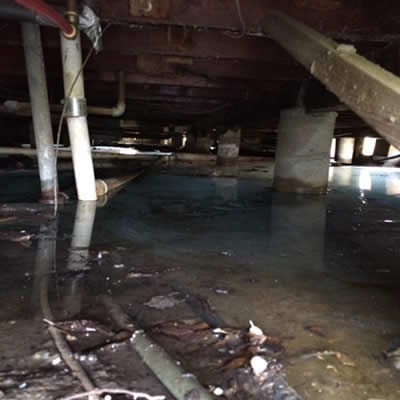
The key contributor to foundation failure is moisture. It’s not a matter of too much or too little but of the changes between saturated and dry soil. In the Austin area, most of our homes and businesses are built upon clay soil. Clay soil absorbs water readily and dramatically increases in volume. As the soil dries, it contracts, shrinking away from its previous location. These wet/dry cycles eventually cause movement in our foundations.
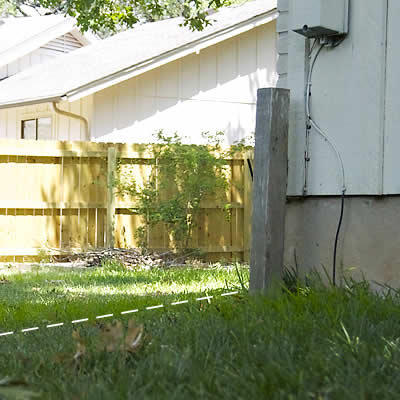
Ensure that the soil around your home or business is higher near the foundation, so that water drains away quickly. There should be a positive slope leading to a point at least 6 feet away from your foundation. If you find you do not have an adequate slope, you can easily create it by adding additional soil around your foundation and creating a grade that will drain water away from the foundation. Remember that any water that pools around your foundation (such as around a garden hose) can be a problem. A good slope that leads away from your foundation protects against ponding water and the damage it can cause.
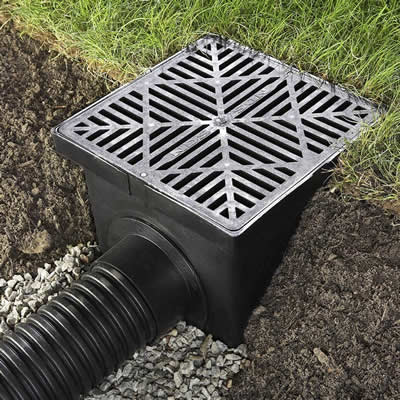
If you cannot create a positive slope around your foundation or if you see that heavy rains are still causing ponding around your house, surface drains or French drains can help move water away from your home. Surface drains are the preferred method of water management, since they are generally cheaper and more effective for controlling surface water than French drains.
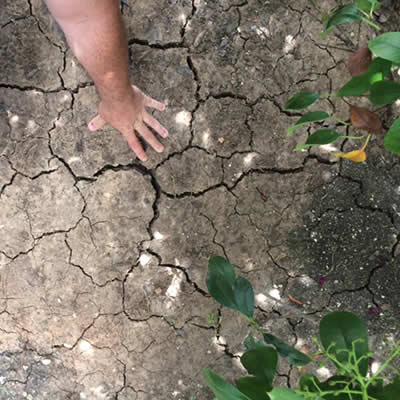
Just as an excess of moisture can cause problems for your foundation, the absence of water is equally problematic. The goal of foundation watering is to maintain a relatively even level of moisture in the soil around your foundation to minimize the expansion and contraction of the clay soil.
Invest in a below ground watering system or in quality soaker hoses no longer than 25 feet. Hoses longer than 25 feet tend to lose their effectiveness, and all soakers work best with a pressure reducing valve that limits the pressure to around 12psi. Your foundation watering system should be installed approximately 18 inches from your home’s foundation. To make your life easier, consider buying a programmable timer from your local hardware store. This will allow you to maintain a consistent level of moisture in the soil without having to manually switch the water on and off throughout the week.
Remember that certain sides of your home’s foundation may require more watering than others due to sun exposure and shade. Create watering zones that focus more of the water towards the exposed sides of your home. Having two zones of watering is good, but four or more is better. Monitor the watering zones frequently, especially in times of rain or drought, to ensure that no area becomes too saturated or too dry.
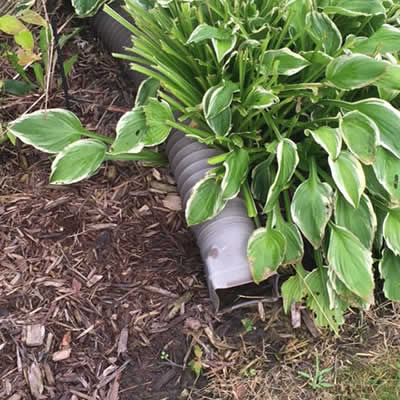
Proper gutters and downspouts will allow you to effectively transport rainwater away from your home. The rule of thumb is that your downspout should direct water at least 6 to 10 feet away from your home. No one likes to have long downspout extensions running into their yard, but no one likes to repair their foundation either. It’s best to protect your foundation with a few inexpensive downspout extensions than to repair your foundation later. Consider adjusting your foundation plantings and landscaping to disguise these helpful tools.
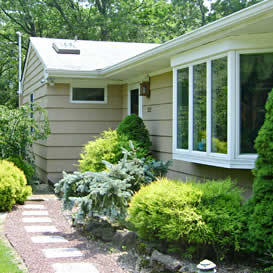
Use ground cover like grass or mulch around your home’s foundation. Ground cover of any type slows evaporation of the soil and can be an excellent way to passively maintain your soil’s water content. For best results, use grass or mulch as a ground cover in conjunction with the water maintenance techniques described above.
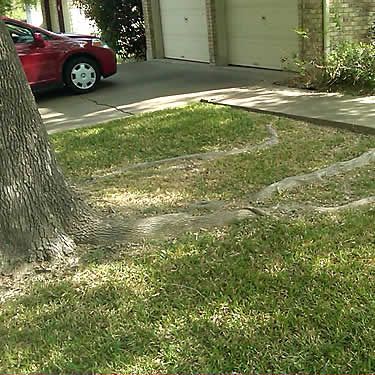
We’ve all stumbled over sidewalks raised by tree roots. Don’t forget that tree roots can damage your foundation as well. Trees are very thirsty, constantly searching for moisture. During the summer months, mature trees can require 200 gallons a day or more. When trees seek out the water under your foundation, soil can subside and lose volume causing foundation settlement. To train your trees to seek water away from your foundation, water your trees on the side away from your home, and be sure to provide them with adequate water throughout the long, hot summer. If you’re particularly concerned about a tree in close proximity with your home, consider a tree root barrier to keep thirsty roots away from your foundation.
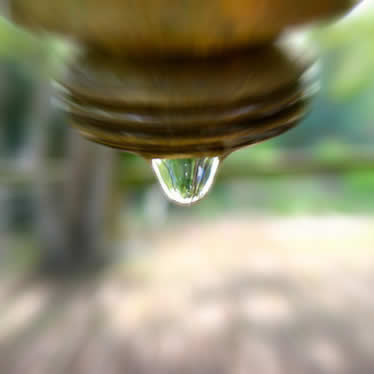
Each year, plumbing leaks cause many foundation failures. It’s a good idea to periodically have a qualified plumber perform a hydrostatic check of your waste lines to ensure that there are no leaks discharging wastewater around your home.